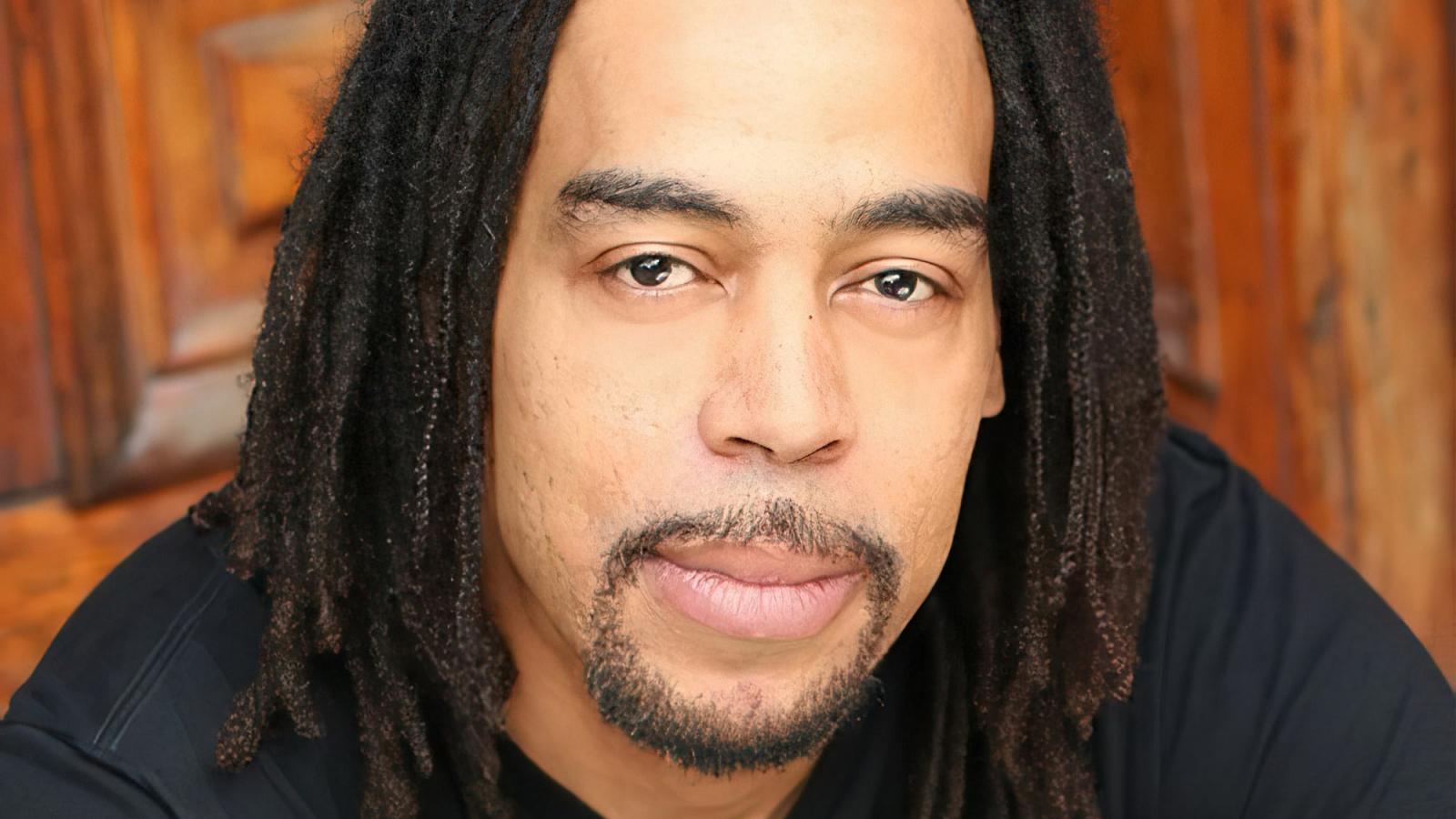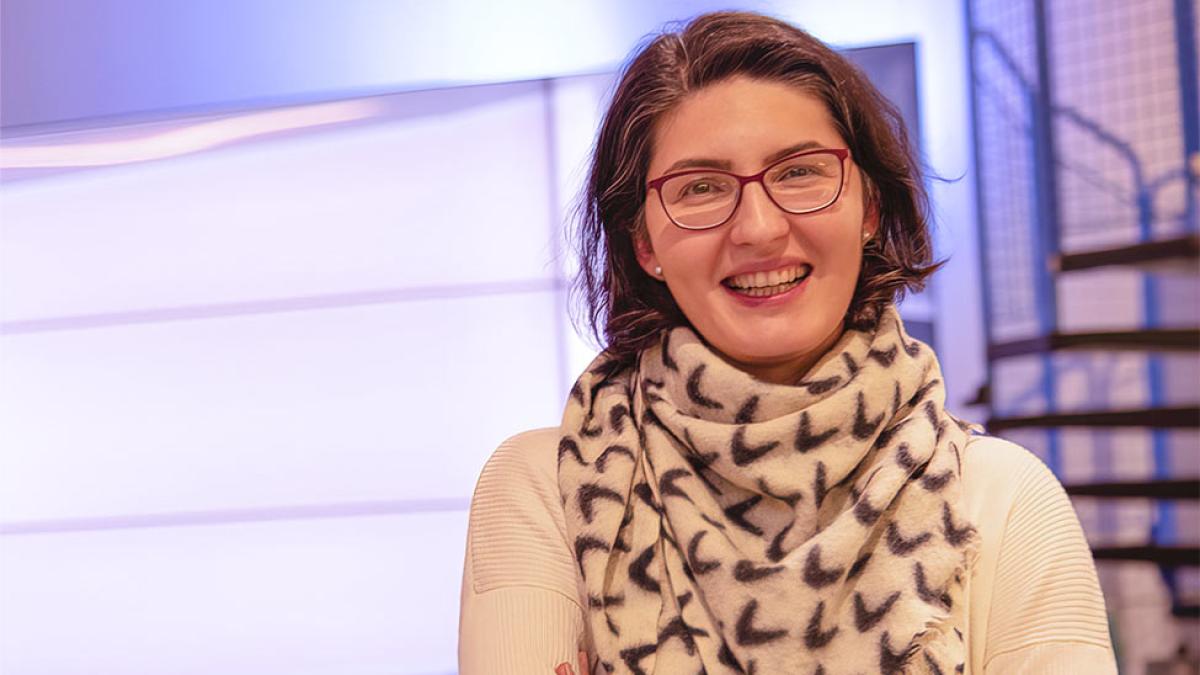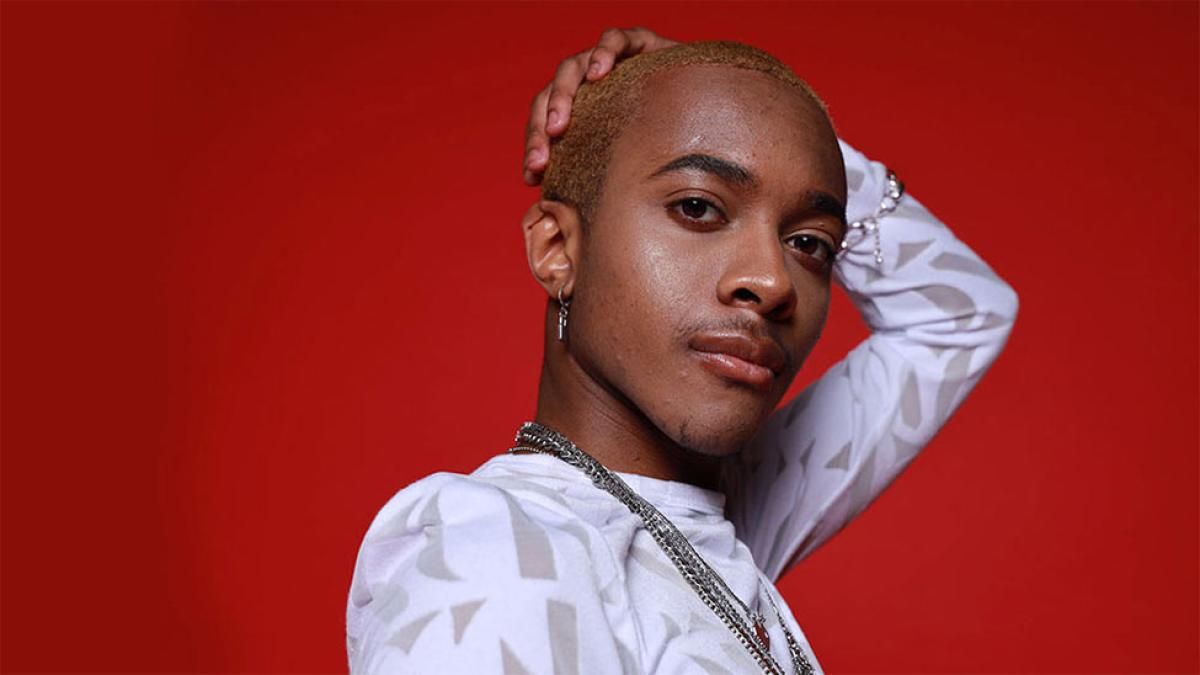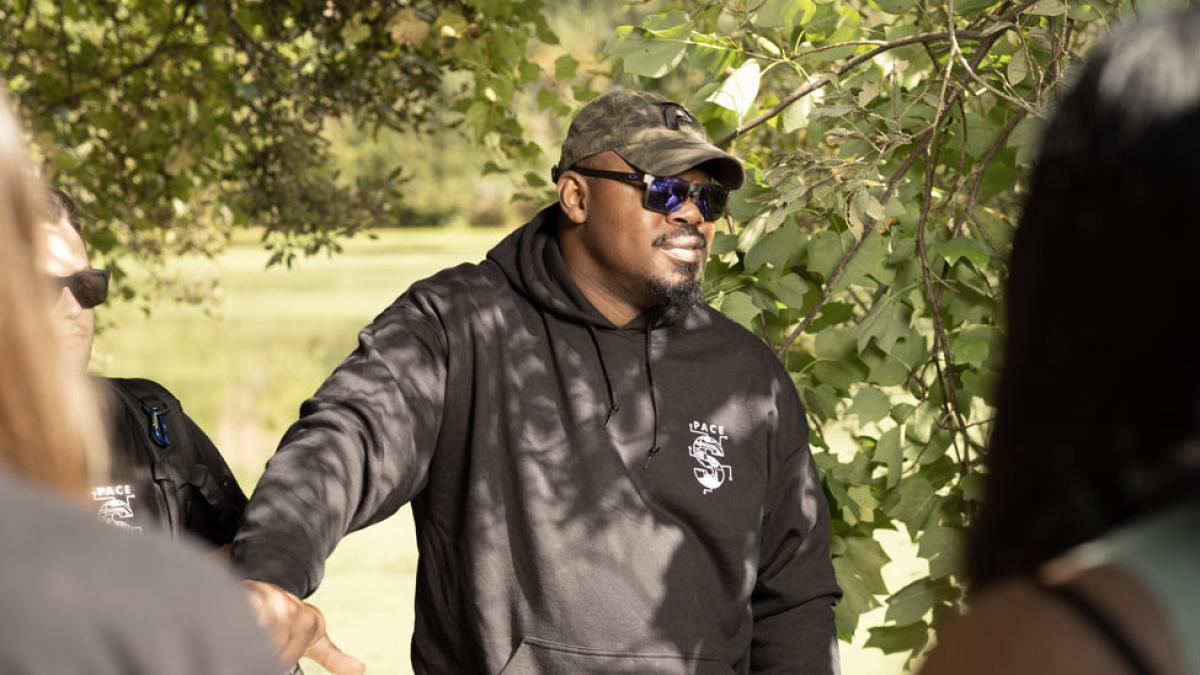Professor and NYC Design Factory director Andreea Cotoranu is teaching students how to solve tomorrow’s problems. In partnership with major corporations and international collaborators, students have pitched ideas like noise-absorbing drones, massive-scale food cooling systems, and a modern take on teen furniture design.
Upending the Power Structure in the Arts

“The only box you have to think outside of is the one you create yourself. If you don’t create a box, you’re just free to think.”
S. Brian Jones is Pace University’s first assistant dean for diversity and equity in theater and media arts, and he’s on a mission to empower students to think beyond the mainstream power structures in Hollywood and New York.
In addition to overseeing the Pace’s Storytelling for Equity and Inclusion Fellowship, Assistant Dean Jones is working with faculty to develop a new major: writing for diversity and equity in theater and media arts. “I have a lot of experience in programming and outcomes. I wanted to make sure that we were creating something that would go beyond the status quo and actually move things forward.”
"We can guide underserved and underrepresented communities to see their own power, find the audiences they resonate with, go out and source the money, and then take their work all over the globe.”
Jones is looking at how this program can do more to meet the needs of 21st-century students. “Diversity and equity have become big buzzwords, and everyone comes to those words with a different perspective. What I don’t want to happen is for people to get caught up in having to figure out what those words mean.” As faculty members have been exploring the kind of citizen artist this program will serve, Jones has been reaching out for input from a variety of top industry professionals.
In theater and media arts, opportunities are passed on through connections—and people coming up in the business scramble to get a seat at the tables of power. “I want this major to prepare students to excel—and also to invert the power structure. Look at artists like Sara Jones or Tig Notaro: They didn’t try to fit into mainstream standards. They went out and made something successful, and then Hollywood came to them. That only happened because they were able to see the value in themselves. That’s what this program could do.”
“We can teach students how to find their authentic voice and also how to understand the business side of the business—how to write a grant and apply for fellowships—while also being able to distinguish between opportunities that move them toward their goals versus the ones that get them off track. We can guide underserved and underrepresented communities to see their own power, find the audiences they resonate with, go out and source the money, and then take their work all over the globe.”
Meet more Pace people.
Singer. Model. Medical assistant. There’s no end to what Brian Powell ’21 can accomplish as a health science major on the pre-physician assistant track who creates art in his spare time. To top it off, he also wrote a research paper on racial patient bias in healthcare.
When Justin Brandon was a child, he loved to take things apart to figure out how they worked. Now he’s at Pace, completing a degree in computer studies with a focus on cybersecurity and computer forensics.


